Tag: Respiratory
-
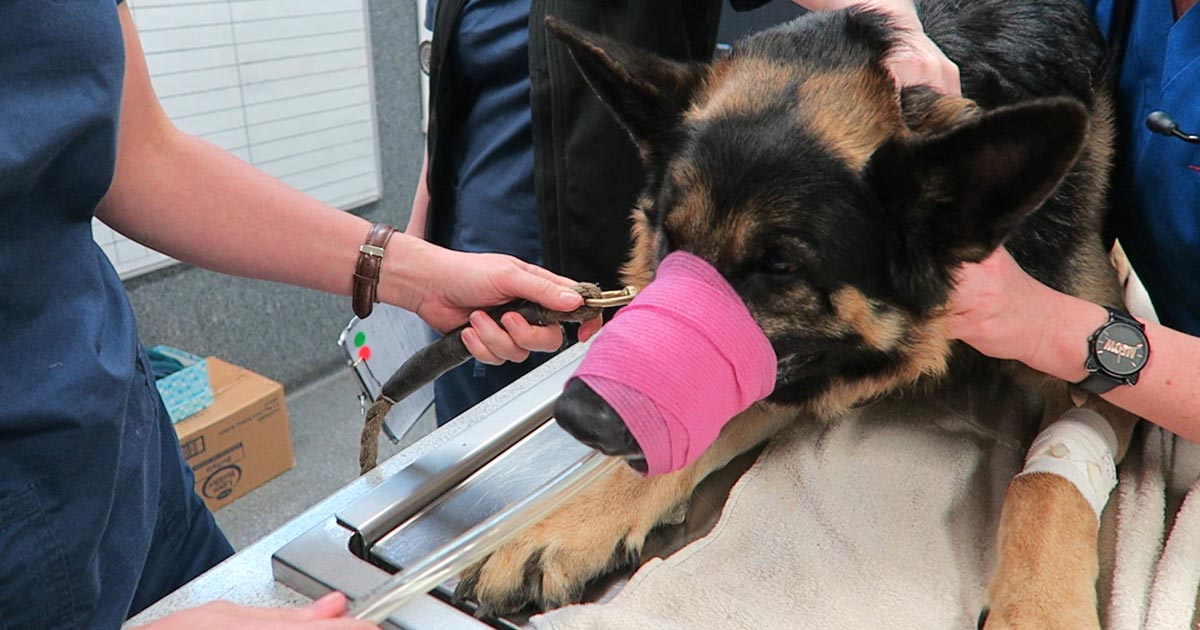
Focus on GDV, part 2: releasing the pressure
—
by
Last week we covered IV fluid resuscitation and pain relief. This week we will go into more detail about gastric decompression. Gastric decompression can be achieved in two ways: trocarisation stomach tube (orogastric tube) placement The decision on which method to use depends on many factors – personal preferences, past experiences and clinical protocols, to…
-
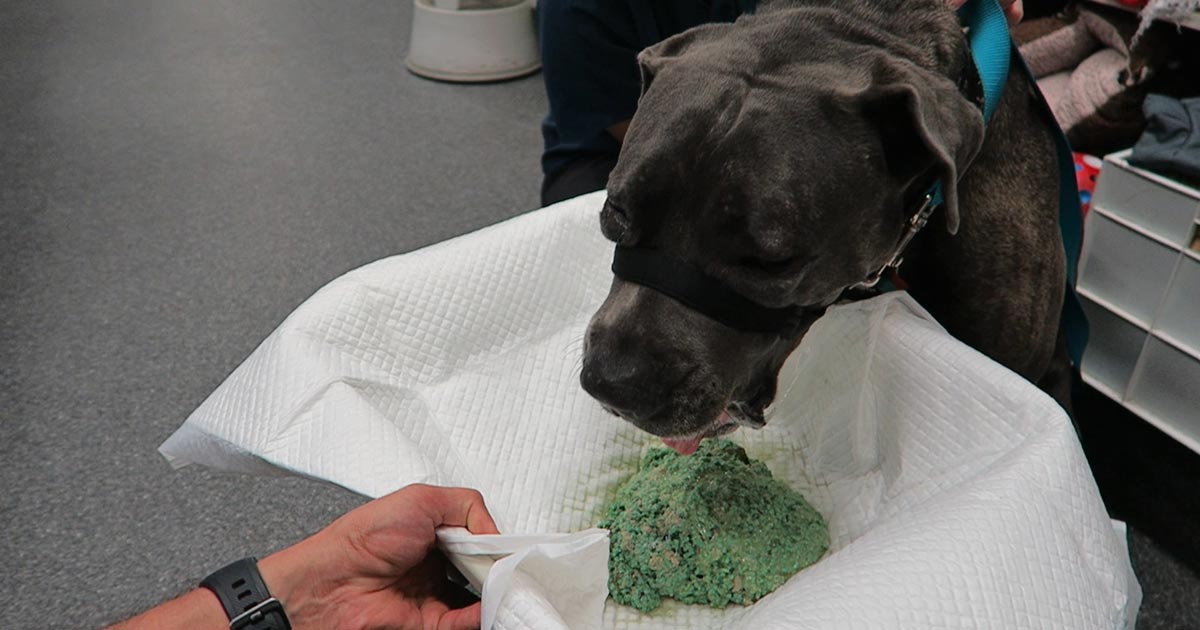
Emesis: a thing of the past?
—
by
Until I started researching this Tip of The Week, I did not know the medical profession has abandoned the routine use of emesis in oral poisoning. This is based on multiple medical literatures that have proven emesis induction does not influence the clinical severity of poisoning, the length of hospitalisation and the clinical outcome or…
-
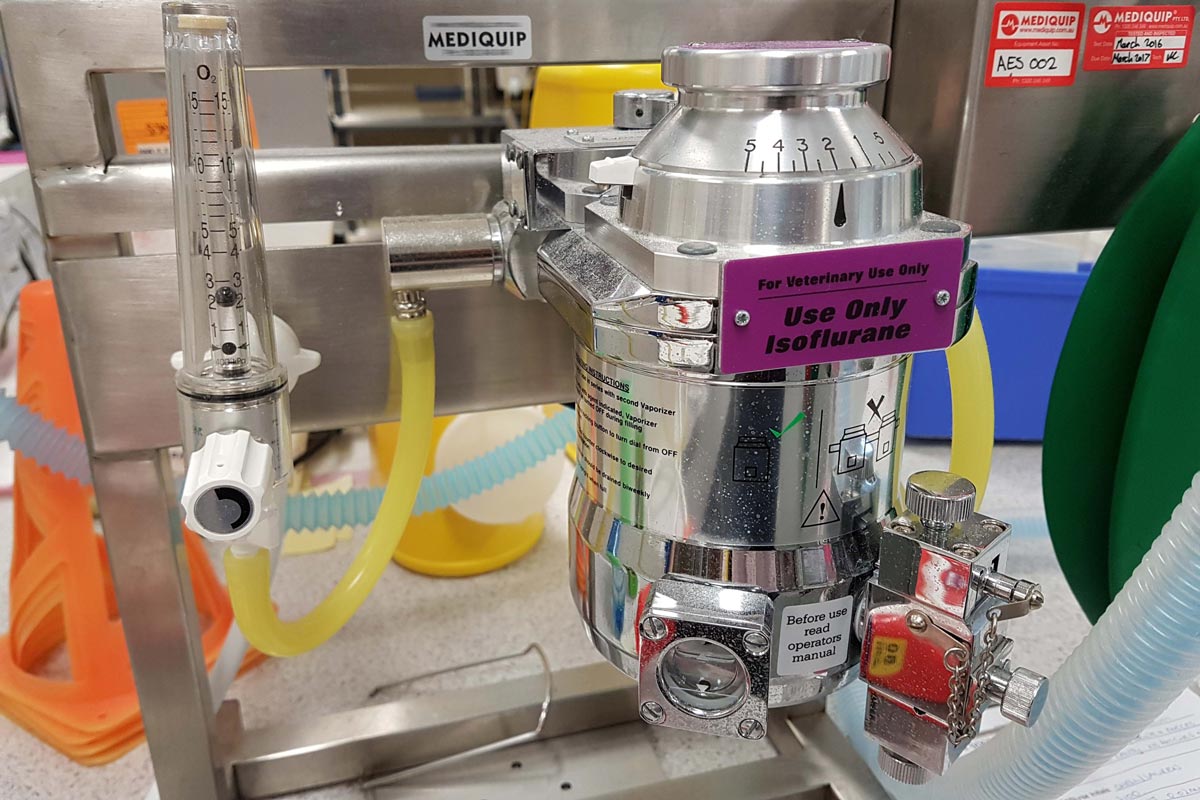
Isoflurane and oxygen: the dangers of 2 and 2
—
by
It is a common practice to place all patients on 2% isoflurane and 2l/min oxygen flow rate, but blanket isoflurane saturations and oxygen flow rates can be dangerous. Without a doubt, the majority of patients seem to do just fine at these levels; but every patient is different, and simply placing all patients on 2%…
-
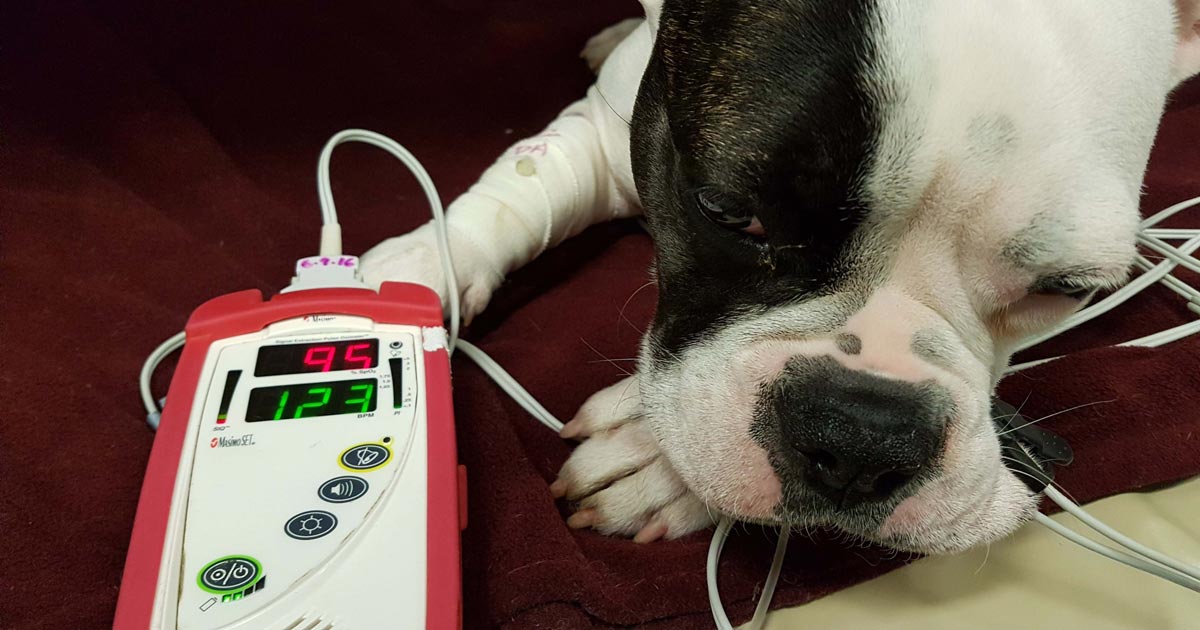
Pulse oximetry is great, but know its limitations
—
by
Pulse oximetry is a very useful diagnostic and monitoring tool that has become commonplace in veterinary clinics. It measures the percentage of haemoglobin saturated with oxygen, and is an indirect measure of arterial oxygen levels. However, here are several important points to help you understand the limitations of pulse oximetry. Causes for false readings Falsely…
-
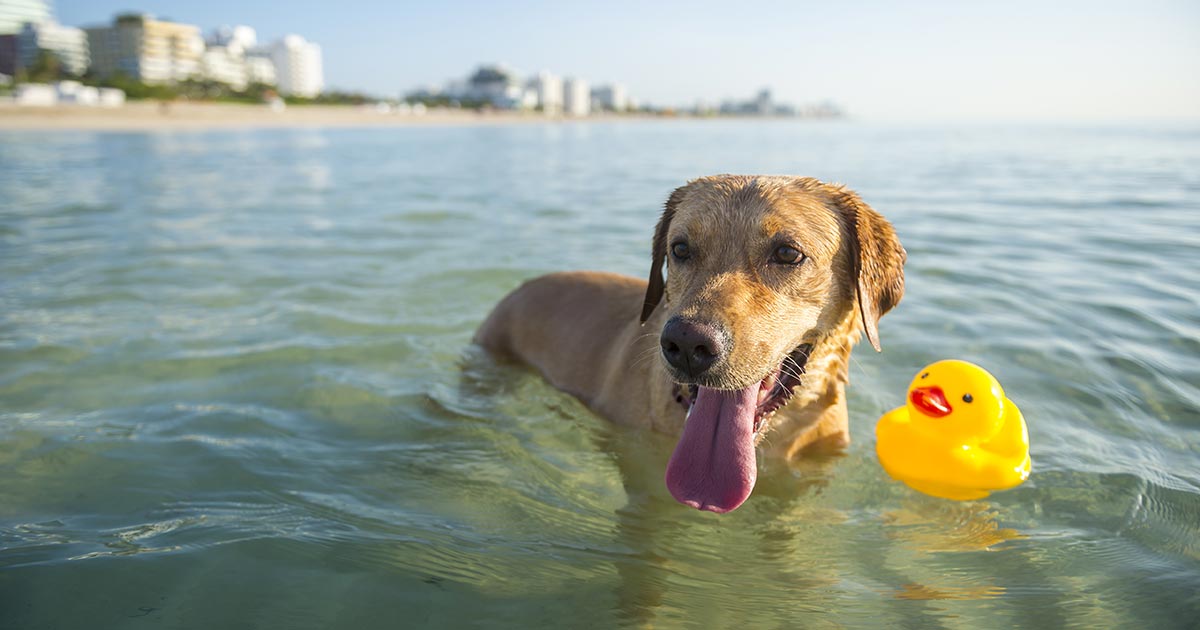
Summer hazards for beach dogs
—
by
The recent hot weather has been fabulous in many ways – my Scottish skin has decided to tan, I’m sea swimming most days and I’m back in my archive – roll on a summer of fun and vet history. But there is a blot on the landscape that causes my RVN brain some stress during…
-
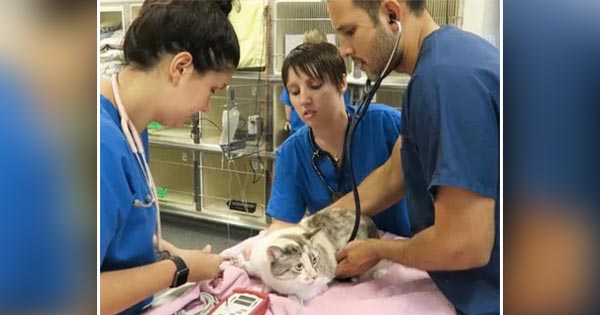
Anaesthetic risks: when complacency sets in
—
by
Adverse events during anaesthesia in otherwise young and healthy patients is a rare occurrence. However, with low incidence of adverse events could come an increased risk of complacency on the part of the veterinary team. Take the following case as an example: “Clicky” is a young and healthy cat that underwent a routine dental prophylaxis…
-
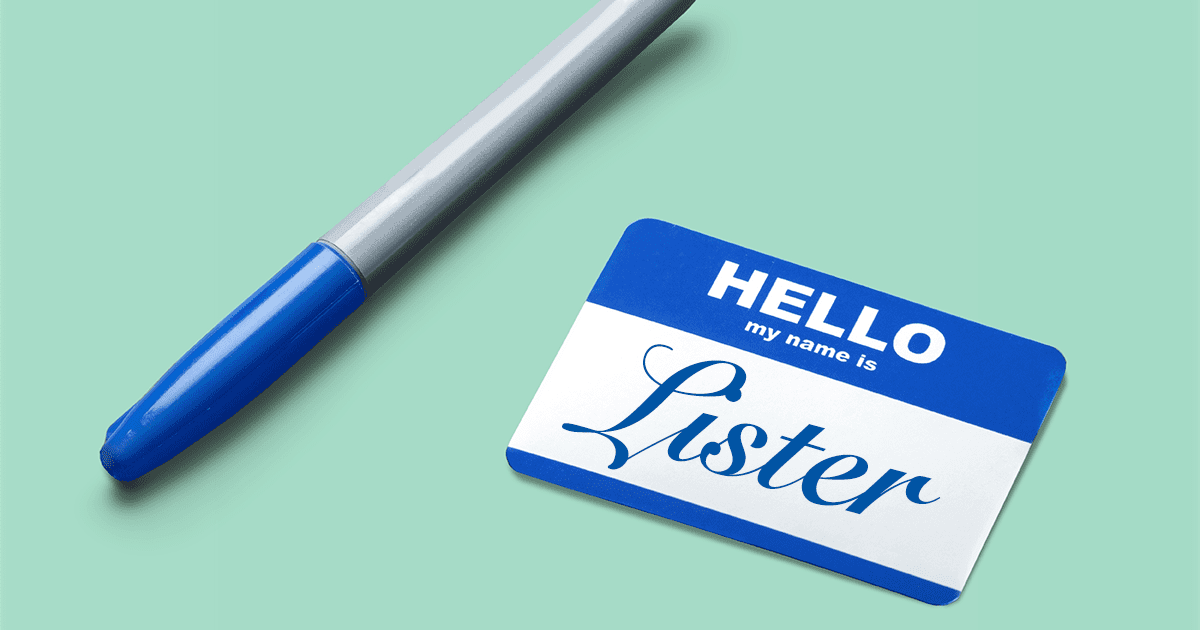
Naming names
—
by
The naming of all things medical has always interested me… just who was Lister and how did he create his bandage scissors? Is there a Mr Gelpi around whose great-grandfather invented the retractors? Surgical instruments, surgical procedures and diseases have been given a variety of weird and wonderful names over the years. However, regardless of…
-
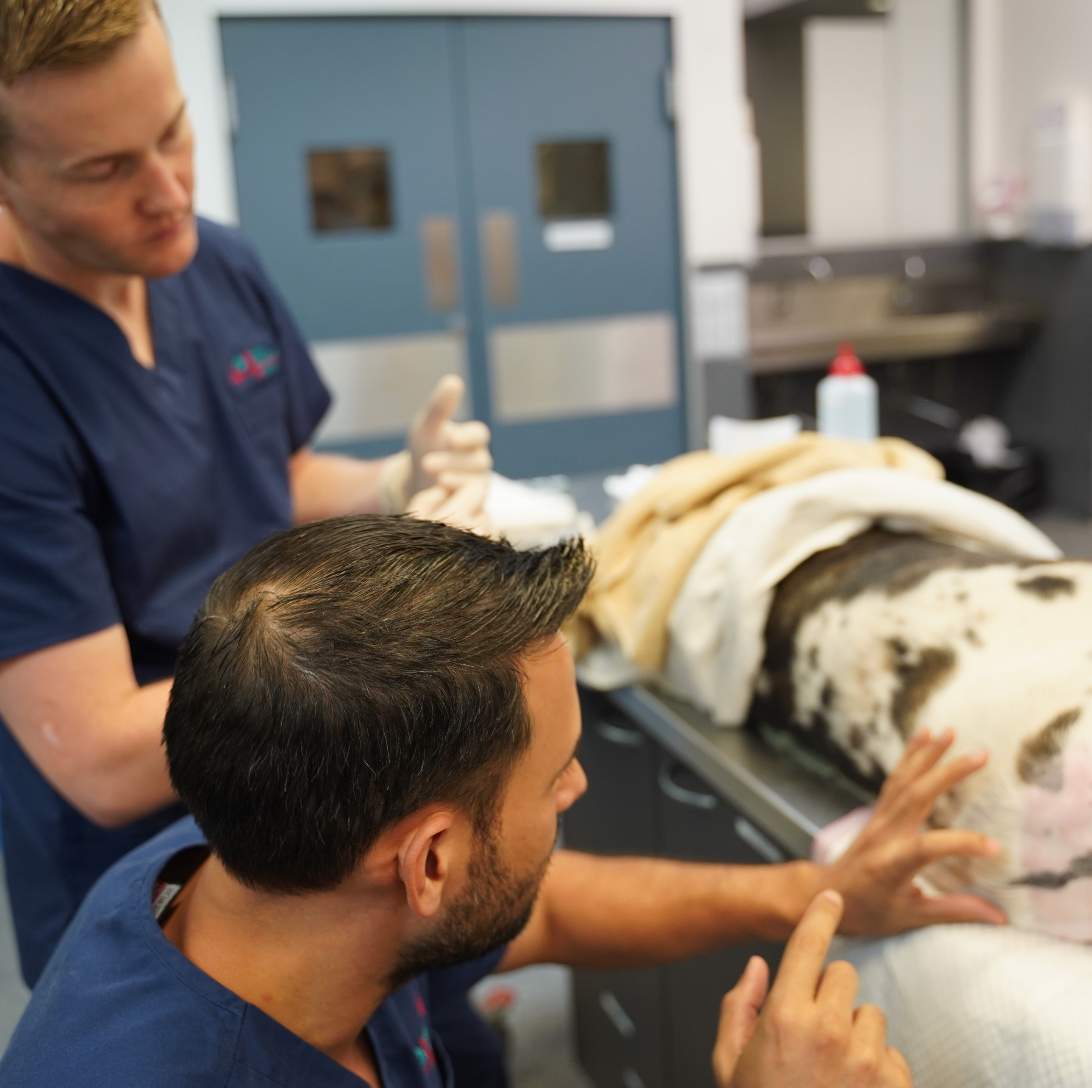
Mentor tip: CSF taps
—
by
I remember my first CSF tap; my hands were shaking – not ideal when you are advancing a needle towards the spinal cord. If you go a couple of millimetres too far, the needle goes into the spinal cord and it could cause the patient to go into respiratory arrest. Some things I am happy…
-
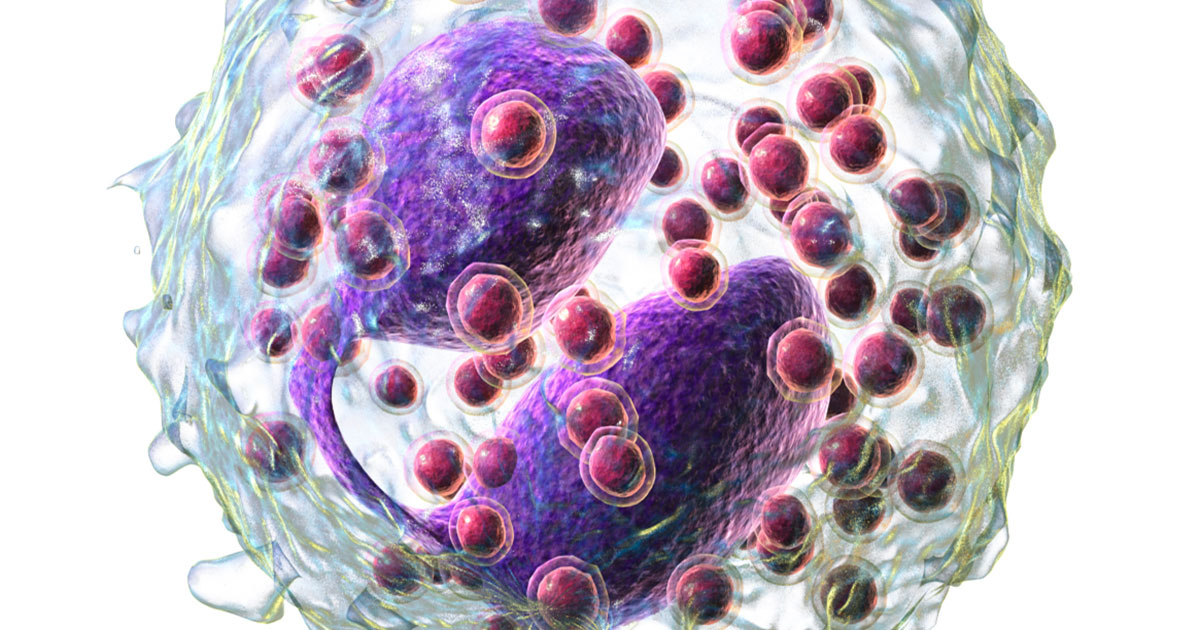
Eosinophils: worms, wheezes, and weird diseases
—
by
Unless you’re a parasitic nematode (and I suspect the majority of you reading this aren’t) or suffer from an allergy (probably a bit more likely), it’s hard not to be a little bit excited when you see an eosinophil. Just like their brothers-in-arms, the neutrophils, eosinophils are part of the front-line defences of the immune…
-

Festive threats to four-legged family members
—
by
Now well into December, and getting ever closer to Christmas, there will be an abundance of “goodies” around the house that are not so good for the four-legged family members. Most owners are aware of the dangers of chocolate and so are likely to rush down to the vet on Boxing Day when their Labrador…